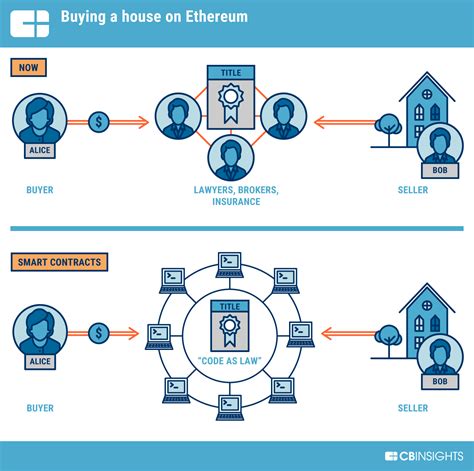Here’s an article on the launch of multiple bitcoin nodes on one server:
Starting multiple bitcoinda nodes on one server: Wizard
As a bitcoin enthusiast, you are probably aware of the importance of online multiple nodes to ensure the stability and safety of the network. In this guide, we will guide you through the process of setting up two separate bitcoin nodes on one virtual private server (VPS) with Bitcoin Core software.
assumptions
Before we start, make sure:
- You have a complete installation of the bitcoin node on your VPS.
- You have installed and set the nodal wallet for both nodes.
- Both nodes are compatible with each other (eg the same version of the bitcoin core).
Step 1: Install the second bitcoindy node
To run two separate bitcoin nodes, you must install the second instance of Bitcoin Core software on your VPS. On Ubuntu-based systems, you can use the APT-AGET ‘package administrator or the Yum package in RPM-based systems.
Ubuntu/Debian (with apt-get)
- Open the terminal and start:
sudo apt-get install the Bitcoin Core
- Verify that the bitcoin core is successfully installed:
Bitcoin-QT--Version
Systems based on RPM (S Yum)
- Open the terminal and start:
sudo yum Install Bitcoind
- Verify that the bitcoin core is successfully installed:
Bitcoin-QT--Version
Step 2: Configure the second node
After installing the second bitcoin node, configure it to use the wallet of your node (eg Bitcoind.Conffile). This ensures that both nodes share the same wallet and connect to the same network.
- Open the text editor to create a new file calledbitcoin-qt.conf
(or adjust the existing summary).
- Add the following lines and configure the second node:
Ini
from = /path/to/to/your/Full_node/bitcoin.conf
[wallets of nodes]wallets = 1.2
Replace /path/to/Pull_Node/bitcoin.conf with a way to a set of wallets with a full knot.

Save and close the file.
Step 3: Start the second node
Start both bitcoin nodes using Bitcoind -Server = 0.0.0.0,0,0. This will allow the TCP to be connected between the two nodes.
- You can also use
bitcoind - -datadir =/path/to/your/full_node/bitcoin/directory" to enter a different wallet directory for each node.
Step 4: Test the second node
To verify that both nodes are communicating with each other, you can start a simple test transaction on one of the nodes and then check the blockchain to see if it is on the other node.
- You can use tools such asbitcoin-clli
ortestnet-clito perform transactions and demand for blockchain.
- Alternatively, you can use a tool likeblockchain.info` to obtain the latest Blockchain data from both nodes.
Conclusion
Starting multiple bitcoin nodes on one server is a direct process that requires the installation of the other instance of Bitcoin Core software, configures it to share the same wallet and connect to the same network and start the nodes. With the procedure of these steps, you can enjoy online two separate bitcoin nodes online while ensuring the stability and safety of the network.
tips and variations
- To improve the power of the nodes, consider using multiple CPU cores or increasing RAM to VPS.
- You can also configure both nodes to use different phrases or wallets for each node (eg one for production and one for testing).
- If you operate Raspberry Pi or other small devices, consider lighter distribution than Ubuntu’s core or Raspbian.
I hope this guide will help! Let me know if you have any questions or need additional help.
